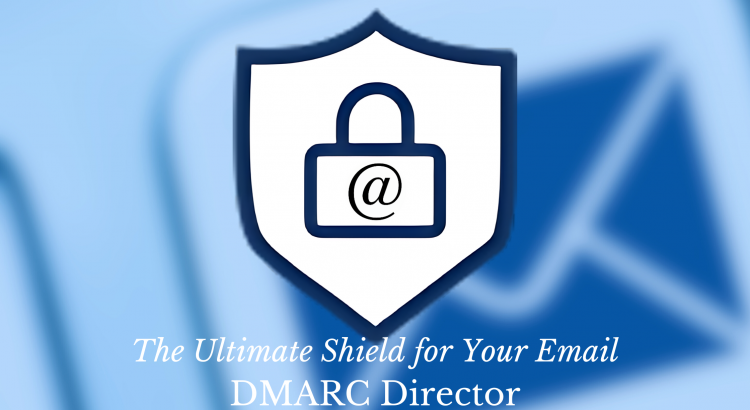In the vast, bustling metropolis of the internet, email remains one of the most frequented intersections with ceaseless activity. Equally ever-present, are the threats of spoofed domain emails and malicious attempts to misuse your domain. Enter DMARC Director – your digital knight in shining armor. A Closer Look at DMARC DMARC (Domain-based Message Authentication, Reporting […]
Tag: DMARC
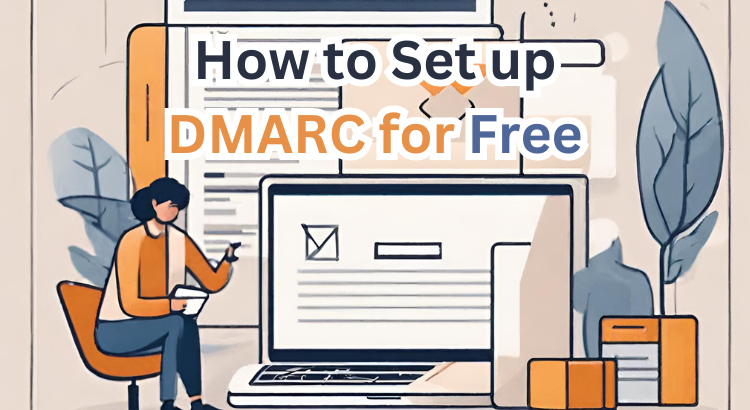
How do I set up DMARC for free?
Setting up DMARC (Domain-based Message Authentication, Reporting, and Conformance) for free typically involves several steps, and while DMARC implementation is typically not entirely free due to some infrastructure requirements, you can achieve basic DMARC protection without incurring extra costs. Here’s a simplified guide to help you get started: 1. Create a DMARC Record: Access your […]

Stay Secure and Spoof-Free: How to Perform a DMARC Check with a DMARC Checker
Email security is a top priority for organizations of all sizes. To ensure that your email communications are protected from spoofing and phishing attacks, it’s essential to implement DMARC (Domain-based Message Authentication, Reporting, and Conformance). In this blog post, we’ll guide you on how to perform a DMARC check using a DMARC checker tool, empowering […]
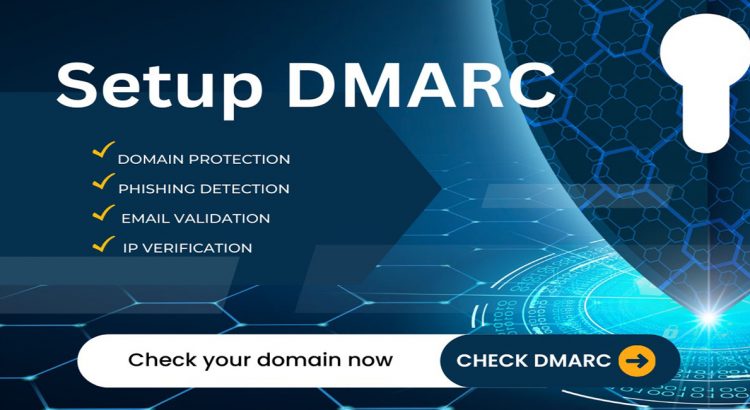
DMARC Checker
DMARC Director: Your Trusted Ally for Email Security In the world of email security, where the stakes are high, having a robust defense system is paramount. And in this defense arsenal, one tool stands out as a crucial component: DMARC. DMARC (Domain-based Message Authentication, Reporting, and Conformance) is your first line of defense against email-based […]
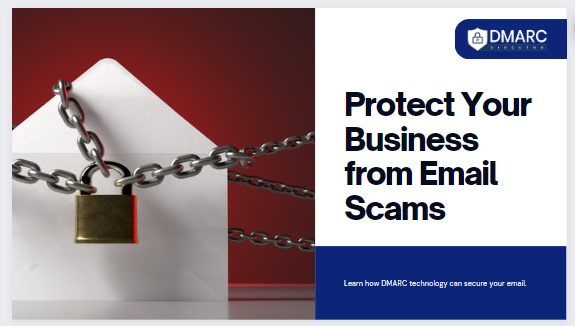
Email Security with DMARC Director
In today’s digital landscape, email communication remains a cornerstone of business operations. However, with the convenience of email comes the constant threat of cyberattacks and phishing scams that can compromise sensitive information and tarnish a company’s reputation. This is where DMARC Director comes to the rescue – a cutting-edge DMARC set-up and reporting SaaS that […]
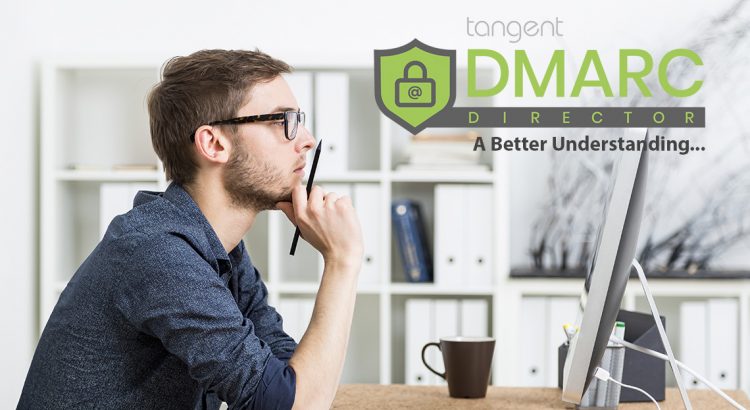
DMARC: A Better Understanding
What is DMARC? Email communication reigns supreme, ensuring the security and authenticity of emails is of paramount importance. DMARC, short for Domain-based Message Authentication, Reporting, and Conformance, is a powerful email authentication protocol that helps organizations combat email fraud and protect their brand reputation. In this comprehensive guide, we will delve into the key aspects […]

DMARC Check Tool
Check your DMARC now: Here DMARC Check Tool is a fast, easy tool to quickly check your DMARC settings. DMARC Check serves as a valuable diagnostic tool, specifically designed to analyze the DMARC Record associated with a given domain name. Its functionality includes parsing the DMARC Record, displaying it, and conducting a comprehensive set of […]
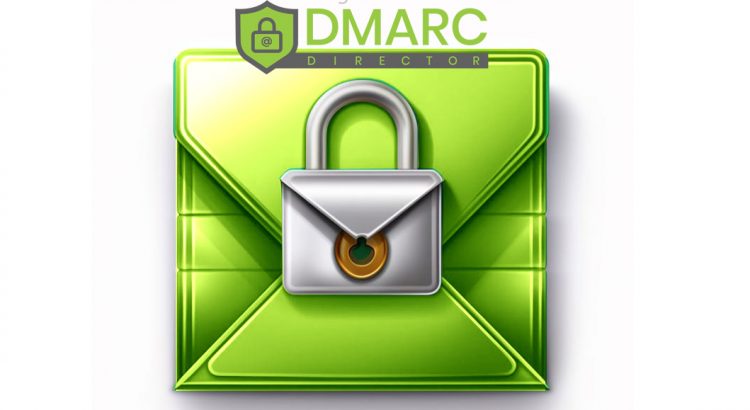
Understanding DMARC: Enhancing Email Security with DMARC Checker
In today’s digital age, email continues to be a primary communication channel for businesses and individuals alike. However, email-based cyber threats, such as phishing and spoofing attacks, pose significant risks to organizations and individuals. To combat these threats and enhance email security, protocols like DMARC (Domain-based Message Authentication, Reporting, and Conformance) have emerged. In this […]
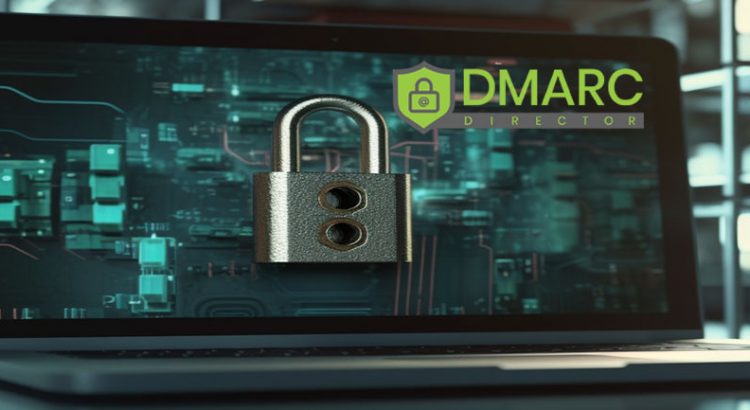
Protecting Your Business from Email Fraud with DMARC
Why a DMARC Business SaaS Solution is Worth the Investment DMARC, which stands for Domain-based Message Authentication, Reporting, and Conformance, is an email authentication protocol that helps protect your domain from email fraud and phishing attacks. It provides email domain owners with the ability to indicate that their emails are protected by SPF (Sender Policy […]
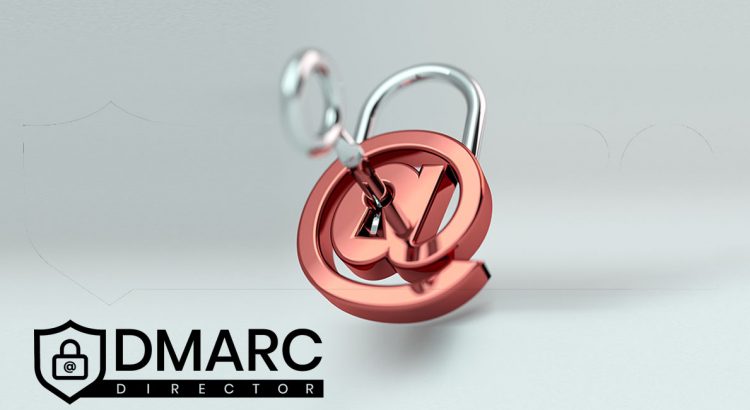
DMARC: The Ultimate Guide to Email Authentication
Email authentication is a critical aspect of email security. It helps ensure that the emails you send and receive are legitimate and not forged or spoofed. DMARC (Domain-based Message Authentication, Reporting, and Conformance) is one of the most effective email authentication protocols that organizations can implement to prevent email fraud and protect their brand reputation. In this […]
